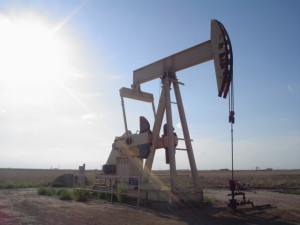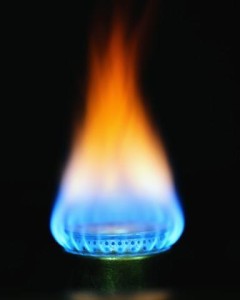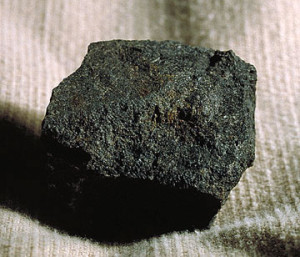Fossil fuels are formed from the remains of organic materials such as zooplankton and algae that lived and died about 100 to 400 million years ago when part of the Earth was covered with huge swampy forests. These remains settled to the bottom of those swamps and are buried under anoxic (lack of dissolved oxygen) conditions. As more and more layers settled on one another, intense heat and pressure begins to build up in the lower region. Through time, this causes the organic matter to change into the fossil fuels that we have grown to be dependent on. This process is essentially, storing the energy that the organic materials originally obtained from the Sun in the form of chemical bonds in fossil fuels.
Problems of the dependence on fossil fuels:
- Fossil fuels are non-renewable resources because they cannot be replenished within a human time frame. Humans are using fossil fuels much faster than they can be replenished.
- When fossil fuels are burnt, greenhouse gases (e.g. carbon dioxide) are released and also give rise to pollution problems. The released greenhouse gases are causing one of the biggest environmental issues on Earth – climate change.
Crude Oil
Petroleum or crude oil is a naturally occurring, yellow-to-black flammable liquid. They are found trapped in geological formations beneath the Earth’s surface and can be anywhere from a few metres to several kilometres underground.
Crude oil are composed of a complex mixture of hydrocarbons of various molecular weights, and other organic compounds. The biggest share of proven oil reserve is located in the Middle East. Crude oil is obtained through oil drilling where holes are drilled and big pumps are used to get the oil out of the ground. After the crude oil is extracted from the ground, it is refined and separated using distillation.
Crude oil is the raw material for many consumer products, including plastics, fertilizers, solvents, pharmaceuticals, pesticides, gasoline (petrol), asphalt (for road paving). It is due to the wide-ranging uses for oil that crude oil is a critical concern to many nations.
Future Projection On World Oil Price: Oil prices are expected to remain high in the long term.
For oil prices to remain low, there needs to be greater competition and international cooperation in both consuming and producing nations.
Comparison: In a typical reaction, 220 kg of carbon dioxide ($\text{CO}_{2}$) is released from just 72 kg of pentane (a form of refined crude oil).
Natural Gas
Natural gas is a mixture of gases formed from the fossil remains of ancient plants and animals buried deep in the Earth. Natural gas can be found wherever there is oil, but it can be found on its own as well. The main ingredient in natural gas is methane. After the extraction of natural gas from the ground, it is sent to a factory for processing. The contaminants or undesirables in the natural gas are removed and a smell is added to it. (Yes! Natural gas is odourless, which makes it impossible for gas leaks to be detected. This is why a pungent smell is added for safety consideration.)
Natural gas is used to heat buildings, cook food, dry clothes, power generation and transportation. Natural gas is a cleaner alternative to other automobile fuels such as gasoline (petrol) and diesel. It is more efficient than oil and coal and less carbon intensive.
Natural gas is a major ingredient for the production of ammonia, via the Haber process. The ammonia generated are used to produce fertilizer. It is estimated that the Haber process is responsible for sustaining one-third of the Earth’s population!
It is not easy to store or transport natural gas due to its low density. Hence, most of the transportation methods involved the liquefaction of natural gas in the form of liquefied natural gas (LNG) or compression of natural gas in the form of compressed natural gas (CNG)
Comparison: In a typical reaction, 44 kg of $\text{CO}_{2}$ is released from the combustion of just 16 kg of methane.
Coal
Coal is a burnable carbonaceous rock that contains large amount of carbon. Coal is extracted from the ground via mining. One of the popular method of mining is strip mining, where the soil and rocks covering the coal are removed. This method of mining destroys natural habitats and leaves big pits in the ground.
Coal is mainly comprised of carbon, with sprinkles of hydrogen, sulfur, nitrogen and water. The primary use of coal is to produce electricity in coal-fired power plants. Coal is the largest source of energy for the generation of electricity worldwide. A typical 500 MW coal fired plant consumes 250 tonnes of coal per hour. The large slice of the electricity pie coupled with the large carbon footprint of coal means that coal is also one of the largest worldwide man-made source of carbon dioxide releases.
Limitations of coal:
- Its solid form causes difficulties in extraction, transportation and use.
- Its greater carbon content and more impurities lead to more carbon dioxide and greater air pollution on burning.
Comparison: For a typical reaction, 3.6 kg of $\text{CO}_{2}$ is produced from just 1 kg of coal.


